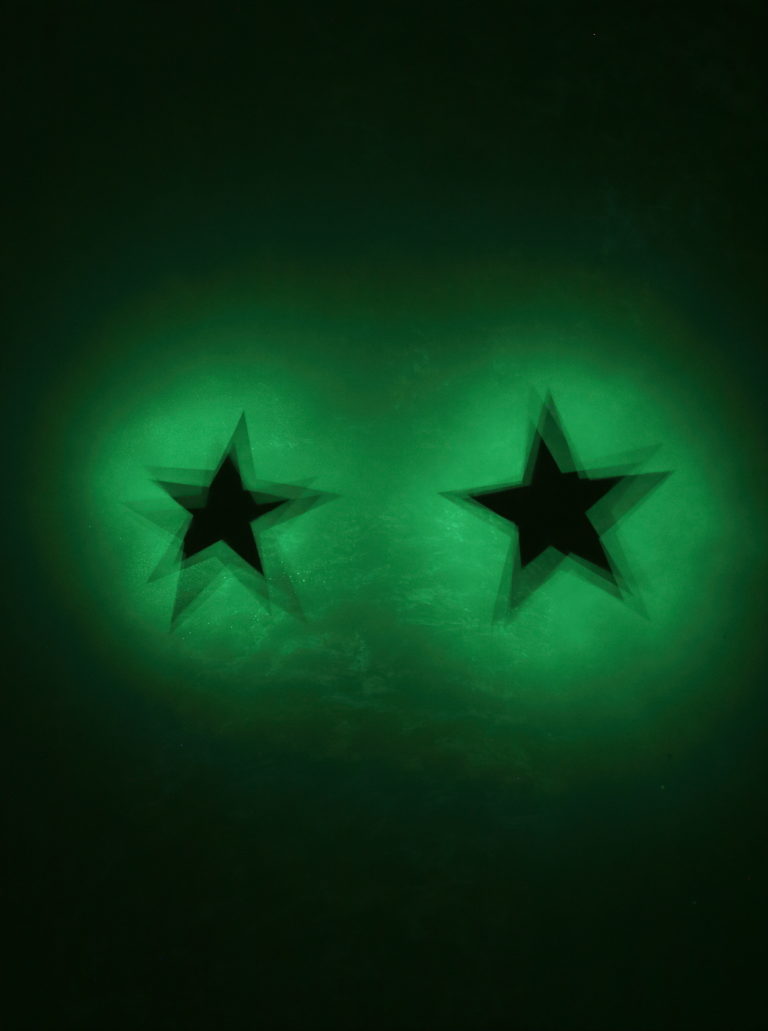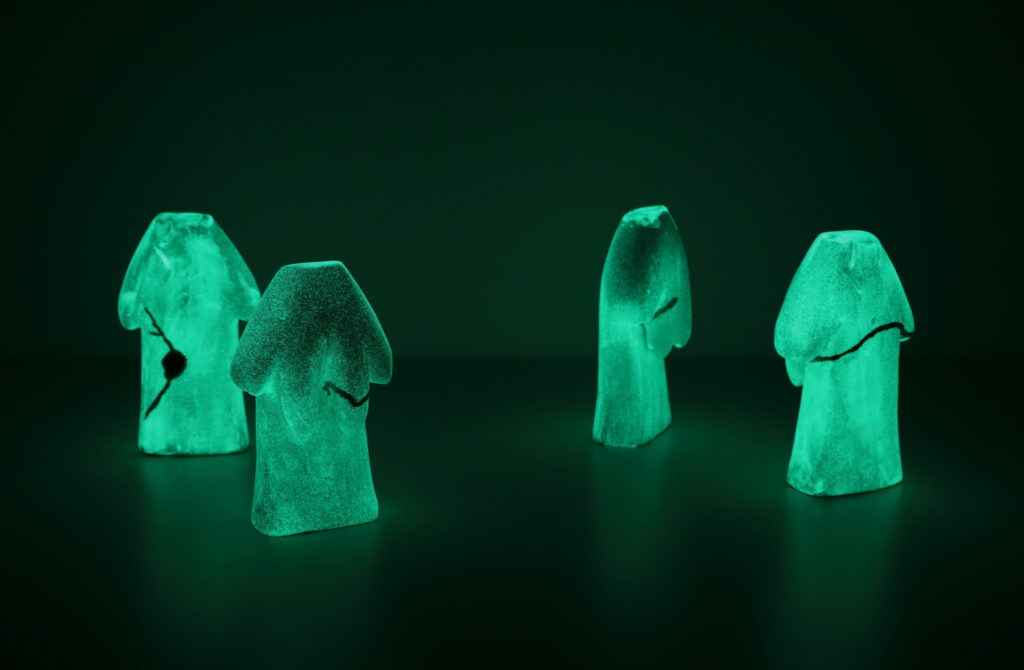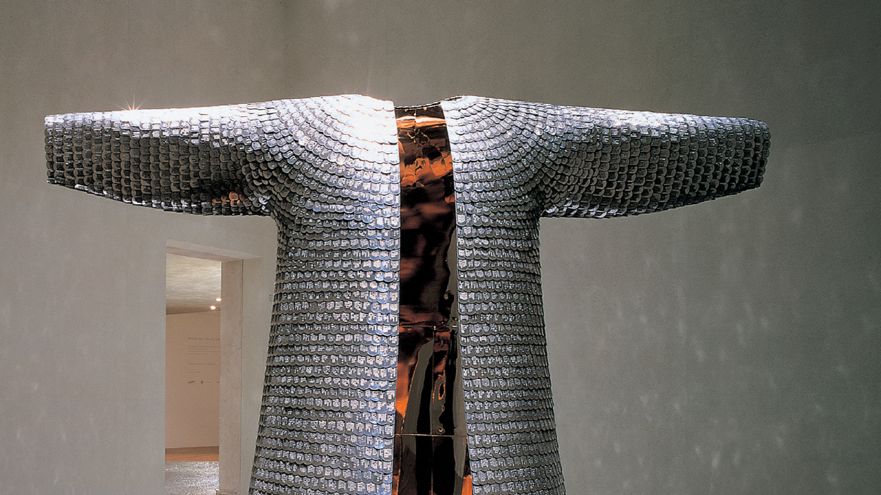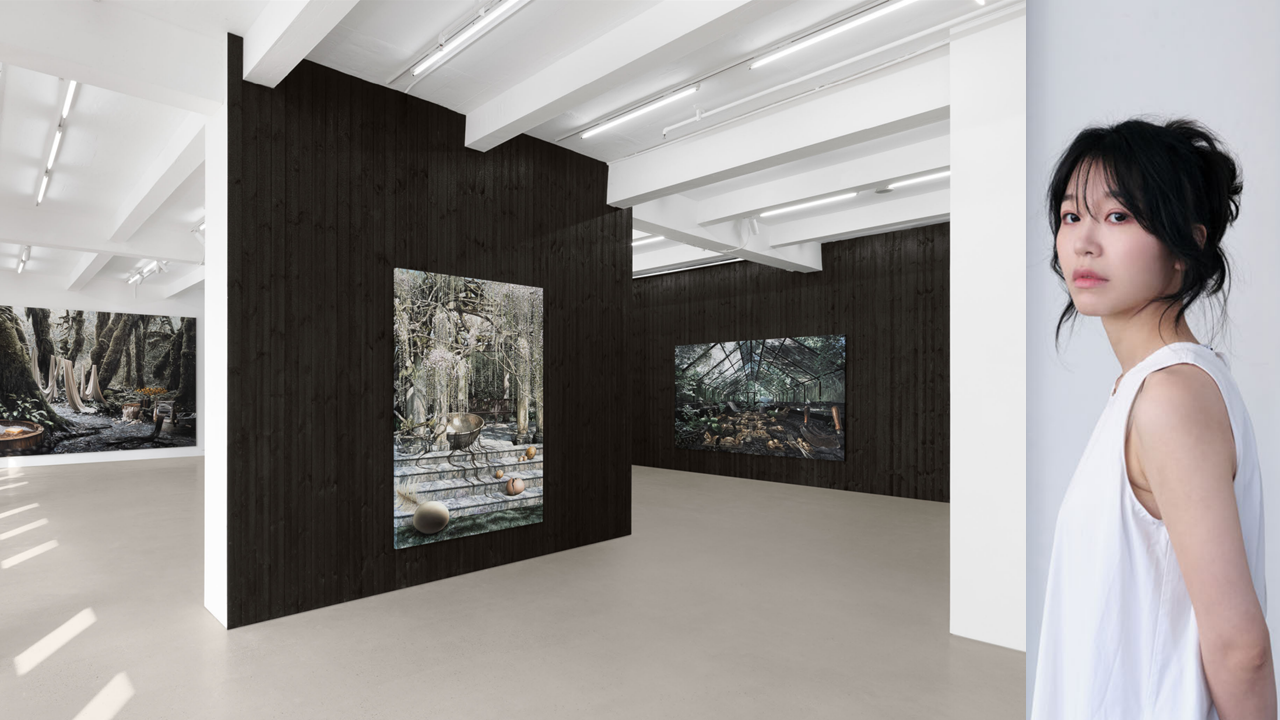Artist Koo Jeong A adds tiny changes to everyday life, leaving behind traces that are nearly invisible in plain sight.

Koo Jeong A, Seven Stars, 2020, 150 x 200 x 4.5 cm, Courtesy of the artist & PKM Gallery
The Korean Pavilion at the 60th Venice Biennale, which will be held from April 20 to November 24, 2024, will be filled with works by artist Koo Jeong A
The exhibition will be as subtle, opaque, and reticent as the artist, who reveals little in interviews. Yet, the project is expected to be equally unique. Koo’s project for the 2024 Venice Biennale, Odorama Cities, will transform the Korean Pavilion into a “Korean scent journey,” with different aromas representing different Korean cities.
Koo Jeong A is an artist who uses intangible elements, such as sound, scent, light, and temperature, to create conceptual works encompassing a variety of media, including literature, painting, drawing, sculpture, installation, animation, architectural projects, and artificial intelligence. The artist adds tiny changes to everyday life, leaving behind traces that are nearly invisible in plain sight.
 Installation view of Koo Jeong A, Dr.Vogt(2010) in ajeongkoo at Art Sonje Center, 2017. Photo by Sang Tae Kim.
Installation view of Koo Jeong A, Dr.Vogt(2010) in ajeongkoo at Art Sonje Center, 2017. Photo by Sang Tae Kim.As the artist’s artworks are very different from the art we are accustomed to, being layered and intricate, it sometimes requires close attention to fully comprehend them. Nevertheless, Koo’s works emphasize the importance of shared experience and physical and psychological interaction between the viewer and the artwork.
By leaving the tiniest traces, her works intervene in everyday life, which tends to be scattered and oblivious, awakening the hidden aspects of familiar places. For example, at the 2009 Venice Biennale, she presented a work in which an old tree makes a humming noise. In 2010, at the Dan Flavin Art Institute in New York, she presented Dr. Vogt, where the entire exhibition hall was filled with fluorescent pink light, making the presented sketches look as if they were drawn on red paper when photographed.
The works of Koo present new possibilities through the reconciliation of incompatible things, such as the invisible and the visible, the virtual and the real, existence and nonexistence, and sometimes even questioning this reconciliation. Through the artist’s subtle intervention with seemingly unimportant everyday items and materials, the artist also attempts to reveal new discoveries that are inherent in the coexisting relationship and the changes resulting from these coexistences.
 Koo Jeong A, Gossura, Tacit Truth, 2020, 18 x 6 x 10.5(h) cm, each, Courtesy of the artist & PKM Gallery.
Koo Jeong A, Gossura, Tacit Truth, 2020, 18 x 6 x 10.5(h) cm, each, Courtesy of the artist & PKM Gallery.Koo Jeong A first gained recognition as an artist in 1998 when she participated in the exhibition Unfinished History at the Walker Art Center in Minneapolis. In the exhibition, the artist created a shelter in the corner of the gallery, where she hid during the installation of the exhibition. The work was entitled Humpty Dumpty.
But it was OTRO, a luminous skate park project first introduced in 2012 on Vassivière Island, France, that brought the artist widespread recognition in the art world.
Vassivière, mostly a greenbelt area, was a backward region with dark, deserted streets when the sun went down. Initiated by Vassivière city as part of the urban regeneration project, OTRO was completed at the city’s art center after five years. The glow-in-the-dark skatepark, which was an artwork that people could actually skate on, absorbed sunlight during the day and emitted the stored light energy at night.

Installation view: Koo Jeong A, resonance (2020), PKM Gallery. Courtesy of the artist and the gallery.
OTRO was a piece that emphasized the visual experience of a park, experimenting with the brightness of day and night as well as the way light spreads through time and space. The work explored the importance of physical interaction in a digitalized world and emphasized the value of creating works that can be used and experienced by local residents. Moreover, it was an artwork that showed new artistic possibilities to local students who were obligated to visit art exhibitions as part of their school program. Plus, it served as an opportunity for adults who used to skate as children to relive their childhood memories.
This project has since developed into a series presented on various international stages, including the 2015 Liverpool Biennial, the 2016 São Paulo Biennial in Brazil, and the 2019 Milan Triennale.
The use of phosphorescent paint eventually led to the creation of the Seven Stars painting series, which was presented at the PKM Gallery in Seoul. To help viewers appreciate this work, the gallery adjusted the lighting in the main exhibition hall to be on for 12 minutes and off for 3 minutes. Visitors had to stay in the exhibition space for at least 15 minutes to properly view the artwork. Through this work, the artist questioned the issue of existence through the stars that can only be seen at night.
In one of the most recent works, in 2020, the artist presented an augmented reality ice sculpture by artist Koo Jeong A, which is an augmented reality sculpture that does not occupy any physical space. The artwork can only be viewed through the lens of a smartphone after installing the app. The piece, which doesn’t require transportation or installation costs, aimed to question the boundaries between the real and the unreal.
 Koo Jeong A. Seven Stars, 2020, Phosphorescent pigment, acrylic painting on canvas, 243(121.5x2) x 152.5 x 3.5 cm. Courtesy of the artist & PKM Gallery.
Koo Jeong A. Seven Stars, 2020, Phosphorescent pigment, acrylic painting on canvas, 243(121.5x2) x 152.5 x 3.5 cm. Courtesy of the artist & PKM Gallery.Artist Koo Jeong A has been based in Europe and the US ever since she moved to Paris from Seoul to study at the École des Beaux-Arts in 1991. Since then, her works have been exhibited in prestigious art institutions, including the Centre Pompidou in Paris, where she was introduced as the first Korean artist to hold a solo exhibition since Nam June Paik.
Koo Jeong A has held solo exhibitions at Kunsthalle Düsseldorf, the Dia Art Foundation and Dia: Beacon, and the Centre Pompidou in Paris. She has participated in group exhibitions at leading art institutions, including the Venice Biennale, the Liverpool Biennial, the Gwangju Biennale, the Jewish Museum in New York, the Solomon R. Guggenheim Museum, the Louis Vuitton Foundation, and the National Museum of Modern and Contemporary Art, Korea. In addition, Koo was a finalist for the 2002 Hugo Boss Prize, a winner of the 2005 Hermès Korea Missulsang, and was named the “Artist of the Year” by the Korean Cultural Center UK in 2016.





























